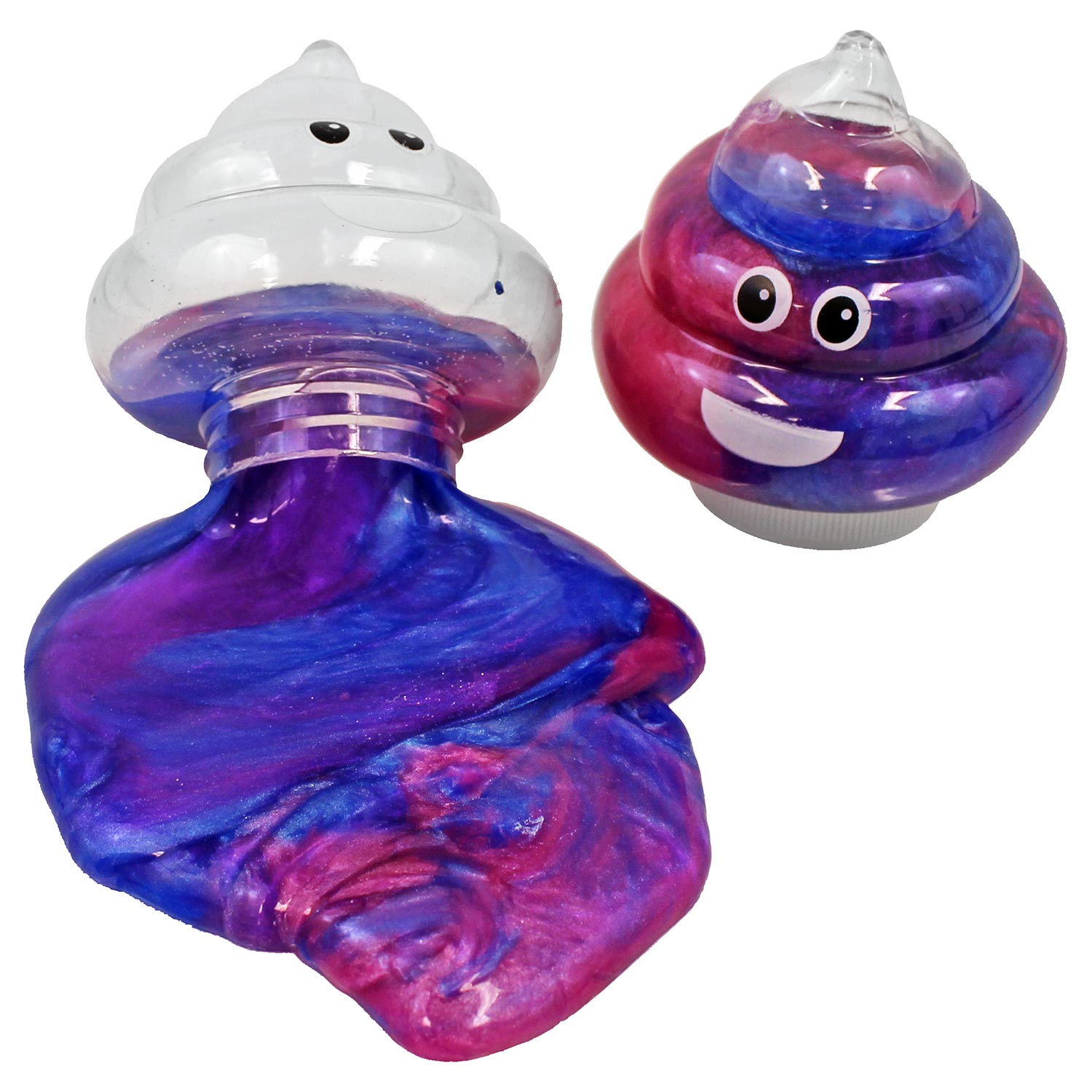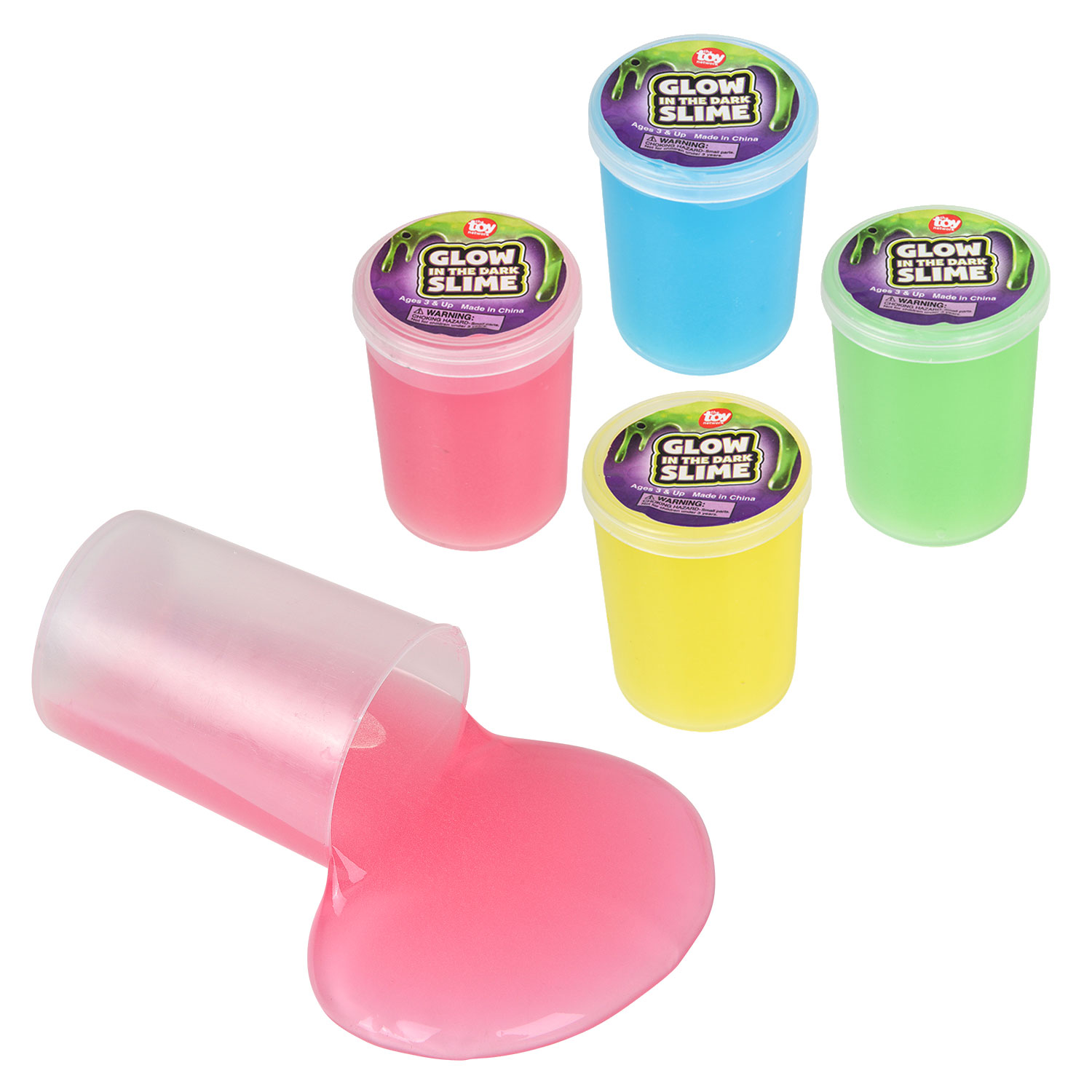The Mesmerizing World of Slime Toys: A Sensory Fun

Introduction:
The captivating and gooey world of slime toys has taken the market by storm, captivating both children and adults alike. With their vibrant colors, fascinating textures, and endless possibilities for sensory exploration, slime toys have become a beloved source of entertainment and relaxation. In this comprehensive guide, we will delve into the enchanting realm of slime toys, exploring their origins, the science behind their unique properties, different types of slime, and the immense joy they bring to individuals of all ages.
slime play is generally safe, it is crucial to take certain precautions. When purchasing store-bought slime, carefully check the ingredients for any potential allergens. If making slime at home, follow reliable DIY recipes and ensure that all materials used are safe and non-toxic. Keep slime away from young children who may be inclined to put it in their mouths, and always supervise playtime to prevent ingestion. If allergies or skin sensitivities are a concern, opt for slime with hypoallergenic ingredients or perform a small skin test before extensive play.
Part 1: Unveiling the Origins and Fascination of Slime Toys
Level 1: The Origins and Evolution of Slime
Slime toys trace their origins back to the late 1970s and early 1980s when the first slime-like products were introduced to the market as novelties or gags. These early versions were often created with a mix of simple ingredients such as guar gum and water. Over the years, slime has evolved with new formulations, vibrant colors, and different textures, gaining popularity as both a toy and a stress-relieving tool. Its mysterious and captivating nature continues to captivate people worldwide.
Level 2: The Science Behind Slime’s Unique Properties
The allure of slime toys lies in their unique physical properties. Slime is a non-Newtonian fluid, which means its viscosity changes depending on the force applied to it. It behaves like a liquid when poured or stretched slowly, but transforms into a solid or semi-solid when subjected to quick movements or pressure. This characteristic allows for endless possibilities of stretching, squeezing, and molding, making slime a delightfully tactile and interactive toy.
Part 2: Exploring Different Types of Slime
Level 1: Basic Slime Formulations
Basic slime is typically made using a few key ingredients, including a type of glue, a slime activator such as borax or saline solution, water, and optional additives like food coloring, glitter, or scents. This classic formulation yields a stretchy and moldable slime, offering hours of sensory play. It serves as a foundation for various types of slime, each with its own unique characteristics and features.
Level 2: Variations and Specialty Slimes
The world of slime has expanded with countless variations and specialty slimes that cater to specific sensory preferences. Some examples include fluffy slime, which incorporates shaving foam for a light and airy texture, and butter slime, which adds soft clay to create a smooth and buttery consistency. Other popular variations include glitter slime, crunchy slime, magnetic slime, and glow-in-the-dark slime. Each variation offers a different sensory experience, ensuring there is a slime to suit everyone’s preferences.
Part 3: The Joy and Benefits of Slime Play
Level 1: Sensory Exploration and Relaxation
Slime play offers a multi-sensory experience, engaging sight, touch, and even smell as scented slimes become more popular. The tactile nature of slime provides a soothing and therapeutic effect, making it an excellent tool for stress relief and anxiety reduction. The squishy, stretchy, and moldable qualities of slime can promote relaxation and help individuals unwind after a long day.
Level 2: Developmental Aspects and Learning Opportunities
Beyond sensory enjoyment, slime play offers various developmental benefits. Manipulating slime helps improve fine motor skills as individuals pinch, squish, and stretch it. It also encourages creativity and imaginative play as children and adults engage in open-ended exploration, molding the slime into different shapes and forms. Slime experiments, such as mixing colors or creating textured slimes, provide opportunities for scientific exploration and understanding of chemical reactions in a safe and hands-on manner.
Part 4: Caring for and Playing Safely with Slime
Level 1: Storage and Maintenance
Proper storage and maintenance are vital for maximizing the lifespan of slime toys. When not in use, store slime in airtight containers to prevent drying out or contamination. If the slime becomes dry or sticky, adding a small amount of activator or water can help restore its texture. Regularly inspect slime for any signs of mold or discoloration, and discard if it appears degraded or smells unusual.
Level 2: Safety Considerations
While slime play is generally safe, certain precautions should be taken to ensure an enjoyable and risk-free experience. Always check the ingredients of store-bought slime or follow reliable DIY recipes when making slime at home. Keep slime away from young children who may put it in their mouths, and supervise playtime to prevent ingestion. If allergies or skin sensitivities are a concern, choose slime with hypoallergenic ingredients or test a small amount on the skin before extensive play.

Conclusion
The mesmerizing world of slime toys offers endless opportunities for sensory exploration, relaxation, and creative play. From its origins as a simple novelty item to its current status as a beloved toy, slime continues to captivate individuals of all ages with its unique properties and immersive experience. Whether you’re squeezing, stretching, or molding it, slime toys provide a delightful sensory experience that can be both calming and fun. With a wide variety of slime types to choose from, including basic formulations and specialty variations, there is a slime out there for everyone’s preferences.
The joy of slime play goes beyond its sensory appeal. It also offers developmental benefits for both children and adults. As individuals manipulate slime, they improve their fine motor skills, honing their ability to pinch, squeeze, and stretch the slime. Moreover, the open-ended nature of slime play enables individuals to explore their creativity and imagination as they mold the slime into different shapes and forms. Slime experiments, such as mixing colors or incorporating various textures, provide opportunities for scientific exploration and understanding of chemical reactions in a safe and hands-on manner.
To ensure a safe and enjoyable slime experience, proper storage and maintenance are essential. Storing slime in airtight containers prevents it from drying out or becoming contaminated. If the slime begins to dry or becomes sticky, adding a small amount of activator or water can help restore its texture. It is also important to regularly inspect slime for any signs of mold or discoloration, and discard it if it appears degraded or emits an unusual odor.
In conclusion, slime toys provide a mesmerizing and engaging experience for individuals of all ages. From its origins as a simple novelty item to the diverse range of specialized slimes available today, slime continues to captivate and provide endless possibilities for sensory exploration, relaxation, and creative play. Whether you’re squeezing, stretching, or molding it, slime is a truly unique toy that can bring joy and excitement to anyone willing to dive into the fascinating world of squishy and gooey fun.


